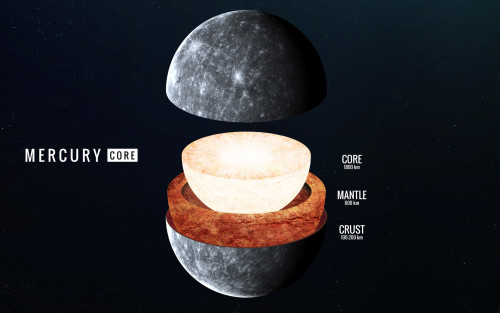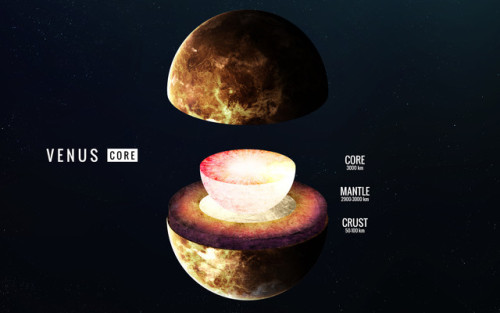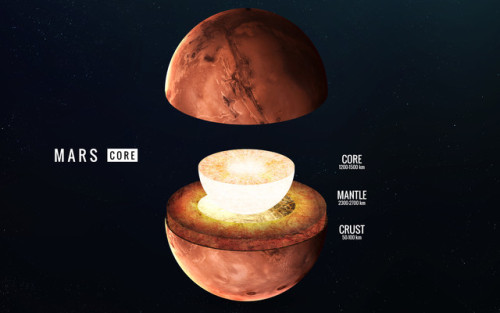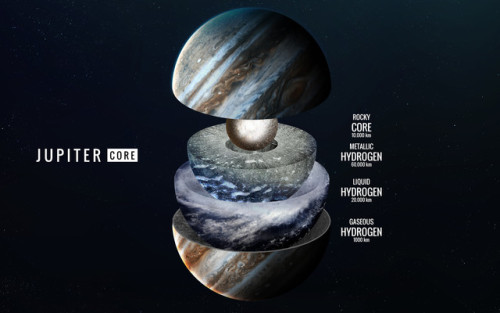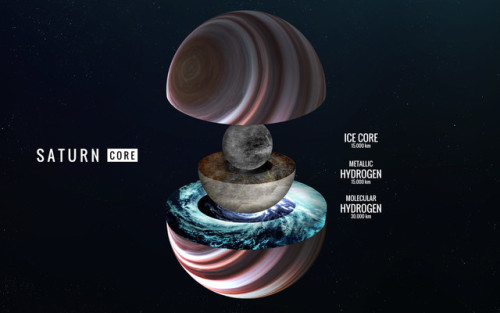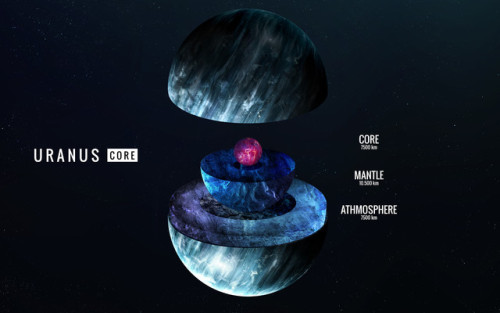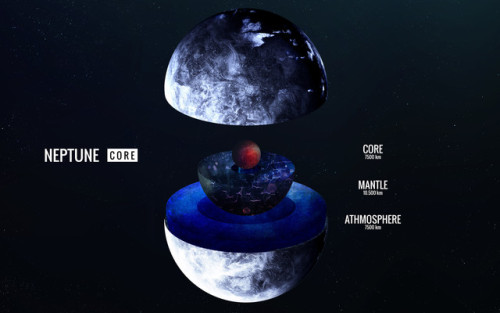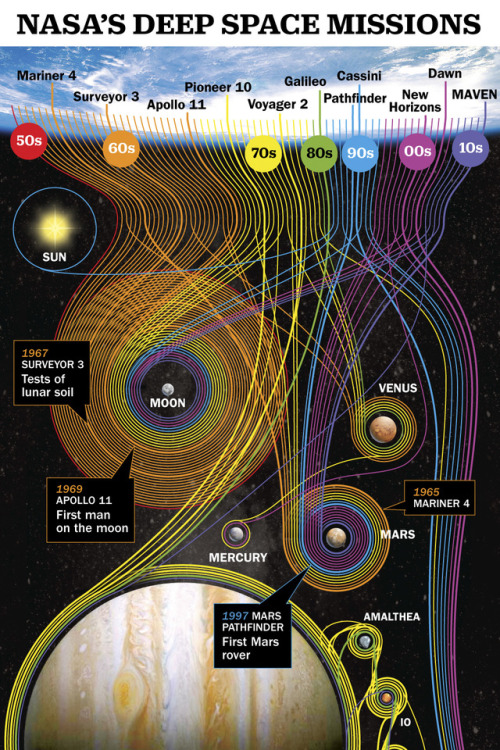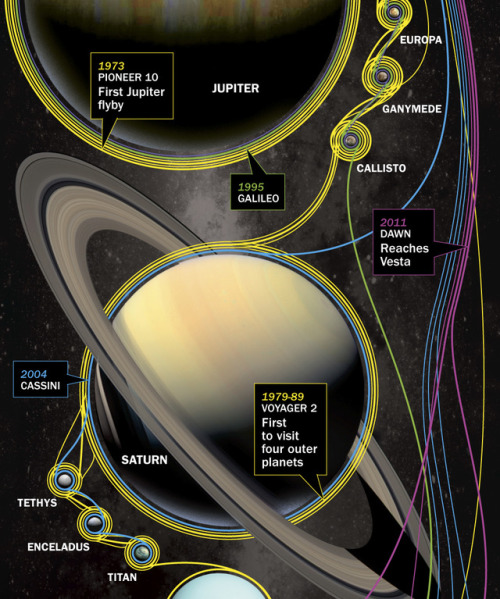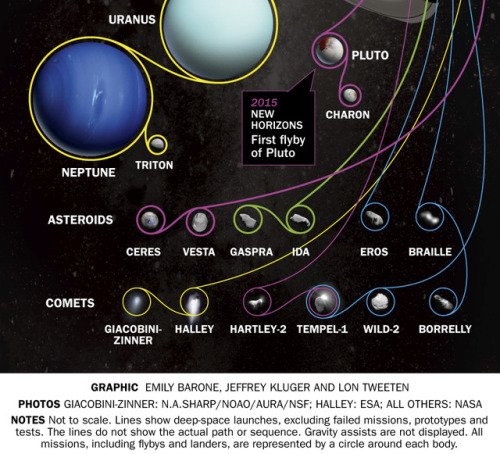NASA Has Emailed A Wrench To Astronauts In space

NASA has emailed a wrench to astronauts in space
Responding to International Space Station (ISS) astronauts’ need for a wrench, NASA solved the problem by emailing a digital file to the ISS. The astronauts then 3D-printed the tool.
In a post on Backchannel, Mike Chen, founder of Made In Space, explained how the process worked.Made in Space is a Silicon Valley startup that built the 3D printer that was shipped to the ISS in September. In November, the first-ever 3D-printed part was, yes, made in space.
“My colleagues and I just 3D-printed a ratcheting socket wrench on the International Space Station by typing some commands on our computer in California,” Chen wrote in his post. “We had overheard ISS Commander Barry Wilmore … mention over the radio that he needed one, so we designed one in CAD and sent it up to him faster than a rocket ever could have. This is the first time we’ve ever ‘emailed’ hardware to space.”
More Posts from Fillthevoid-with-space and Others



Of Course I Still Love You returned to Port Canaveral earlier this morning with the SES-10 Falcon 9 first stage. Since this is the first Falcon 9 rocket to be reflown this marks the second time this particular rocket returned to port after landing. The images above were captured by remote cameras on the droneship and show the vehicle coming into land. Falcon 9 landed eight minutes after a March 30 liftoff from LC-39A at Kennedy Space Center. Extensive scorching is visible on the exterior of the rocket including the interstage and grid fins. The fins themselves were seen glowing during launch footage as the booster returned to Earth. Each fin is coated in ablative paint which helps protect the metal but the severe temperatures of reentry still cause the fins to glow. Since SES-10 was placed into Geostationary Transfer Orbit, not enough propellant remained in the first stage’s tanks to allow for a nominal reentry profile and the boostback burn was not performed. As such, the rocket came in over twice its normal landing speed and eight times hotter than flights which have a boostback burn. This particular rocket will not be reused after recovery; Elon Musk stated in the SES-10 post-launch news conference that the rocket will likely be given to the Air Force for display at either Cape Canaveral or Kennedy Space Center. P/C: SpaceX
Gretchen: On the International Space Station, you have astronauts from the US and from other English speaking countries and you have cosmonauts from Russia. And obviously it’s very important to get your communication right if you’re on a tiny metal box circling the Earth or going somewhere. You don’t want to have a miscommunication there because you could end up floating in space in the wrong way. And so one of the things that they do on the ISS – so first of all every astronaut and cosmonaut needs to be bilingual in English and Russian because those are the languages of space. Lauren: Yep. Wait, the language of space are English and Russian? I’m sorry, I just said ‘yep’ and I didn’t really think about it, so that’s a fact is it? Gretchen: I mean, pretty much, yeah, if you go on astronaut training recruitment forums, which I have gone on to research this episode… Lauren: You’re got to have a backup job, Gretchen. Gretchen: I don’t think I’m going to become an astronaut, but I would like to do astronaut linguistics. And one of the things these forums say, is, you need to know stuff about math and engineering and, like, how to fly planes and so on. But they also say, you either have to arrive knowing English and Russian or they put you through an intensive language training course. But then when they’re up in space, one of the things that they do is have the English native speakers speak Russian and the Russian speakers speak English. Because the idea is, if you speak your native language, maybe you’re speaking too fast or maybe you’re not sure if the other person’s really understanding you. Whereas if you both speak the language you’re not as fluent in, then you arrive at a level where where people can be sure that the other person’s understanding. And by now, there’s kind of this hybrid English-Russian language that’s developed. Not a full-fledged language but kind of a- Lauren: Space Creole! Gretchen: Yeah, a Space Pidgin that the astronauts use to speak with each other! I don’t know if anyone’s written a grammar of it, but I really want to see a grammar of Space Pidgin.
Excerpt from Episode 1 of Lingthusiasm: Speaking a single language won’t bring about world peace. Listen to the full episode, read the transcript, or check out the show notes. (via lingthusiasm)

Haaaaaay I’m on iTunes now! Slightly more convenient to download maybe!
I talked about Proxima Centauri last week but didn't realize it has a planet!








It’s starry scholastic month! Planet X will start it off with his first lesson: Proxima B!
http://www.space.com/33845-why-proxima-b-exoplanet-hard-to-find.html

Where to look, and when.
What was the hardest part in training to go to space?
One of the most challenging parts of space training was learning how to use the space suit. We weigh over 400 pounds in the space suit, and since it is pressurized, each movement of your hands is like working against an exercise ball. Since the suit needs to be quite bulky in order to protect us from the environment of space (vacuum, radiation, micrometeoroids, extreme temperature) while doing a spacewalk, it makes body movements a bit awkward. Dexterity is quite compromised with the bulky gloves as well. Although it is challenging, however, it is likely also the most rewarding, because, well, you are in a SPACE SUIT!!! Hopefully I’ll get to do a spacewalk and look down on the our planet from above on a mission to the International Space Station in a few years.
People can’t anticipate how much they’ll miss the natural world until they are deprived of it. I have read about submarine crewmen who haunt the sonar room, listening to whale songs and colonies of snapping shrimp. Submarine captains dispense “periscope liberty” - a chance to gaze at clouds and birds and coastlines - and remind themselves that the natural world still exists. I once met a man who told me that after landing in Christchurch, New Zealand, after a winter at the South Pole research station, he and his companions spent a couple of days just wandering around staring in awe at flowers and trees. At one point, one of them spotted a woman pushing a stroller. “A baby!” he shouted, and they all rushed across the street to see. The woman turned the stroller and ran. Nothing tops space as a barren, unnatural environment. Astronauts who had no prior interest in gardening spend hours tending experimental greenhouses. “They are our love,” said cosmonaut Vladislav Volkov of the tiny flax plants - with which they shared the confines of Salyut 1, the first Soviet space station. At least in orbit, you can look out the window and see the natural world below. On a Mars mission, once astronauts lose sight of Earth, they’ll be nothing to see outside the window. “You’ll be bathed in permanent sunlight, so you won’t eve see any stars,” astronaut Andy Thomas explained to me. “All you’ll see is black.”
Mary Roach. Packing for Mars: The Curious Science of Life in the Void (via coneyislands)
-
 saphicspacesociety21 reblogged this · 1 year ago
saphicspacesociety21 reblogged this · 1 year ago -
 elvendragontamer liked this · 2 years ago
elvendragontamer liked this · 2 years ago -
 mostlybenignalien reblogged this · 2 years ago
mostlybenignalien reblogged this · 2 years ago -
 delightsofademigodess reblogged this · 3 years ago
delightsofademigodess reblogged this · 3 years ago -
 bainos reblogged this · 6 years ago
bainos reblogged this · 6 years ago -
 bainos liked this · 6 years ago
bainos liked this · 6 years ago -
 yumchips liked this · 6 years ago
yumchips liked this · 6 years ago -
 frankencanon reblogged this · 7 years ago
frankencanon reblogged this · 7 years ago -
 justabakerstreetmuse-blog liked this · 8 years ago
justabakerstreetmuse-blog liked this · 8 years ago -
 fillthevoid-with-space reblogged this · 8 years ago
fillthevoid-with-space reblogged this · 8 years ago -
 bdubs8807 liked this · 8 years ago
bdubs8807 liked this · 8 years ago -
 ruukachoo reblogged this · 9 years ago
ruukachoo reblogged this · 9 years ago -
 architeuthism liked this · 9 years ago
architeuthism liked this · 9 years ago -
 z-bot reblogged this · 9 years ago
z-bot reblogged this · 9 years ago -
 mamulino liked this · 9 years ago
mamulino liked this · 9 years ago -
 excessively--diverted liked this · 9 years ago
excessively--diverted liked this · 9 years ago -
 tomcatgirl reblogged this · 9 years ago
tomcatgirl reblogged this · 9 years ago -
 superamiga liked this · 9 years ago
superamiga liked this · 9 years ago -
 pgfone liked this · 9 years ago
pgfone liked this · 9 years ago -
 carefreedad liked this · 9 years ago
carefreedad liked this · 9 years ago -
 planalink reblogged this · 9 years ago
planalink reblogged this · 9 years ago -
 walking-the-divide reblogged this · 9 years ago
walking-the-divide reblogged this · 9 years ago -
 fetchmeagiraffe reblogged this · 9 years ago
fetchmeagiraffe reblogged this · 9 years ago -
 kittenrfluffy liked this · 10 years ago
kittenrfluffy liked this · 10 years ago -
 puncromancy reblogged this · 10 years ago
puncromancy reblogged this · 10 years ago -
 malaxis liked this · 10 years ago
malaxis liked this · 10 years ago -
 greenglowsgold reblogged this · 10 years ago
greenglowsgold reblogged this · 10 years ago -
 mihi-cura-futuri liked this · 10 years ago
mihi-cura-futuri liked this · 10 years ago -
 zhillawynter liked this · 10 years ago
zhillawynter liked this · 10 years ago -
 notstevebuscemi liked this · 10 years ago
notstevebuscemi liked this · 10 years ago -
 mayaabeauty reblogged this · 10 years ago
mayaabeauty reblogged this · 10 years ago -
 the-tit-tastic-flying-pikac-blog liked this · 10 years ago
the-tit-tastic-flying-pikac-blog liked this · 10 years ago -
 river-lanes reblogged this · 10 years ago
river-lanes reblogged this · 10 years ago -
 do-over liked this · 10 years ago
do-over liked this · 10 years ago -
 ohhhwendy reblogged this · 10 years ago
ohhhwendy reblogged this · 10 years ago -
 poison-tipped-nerf-dart liked this · 10 years ago
poison-tipped-nerf-dart liked this · 10 years ago -
 pterawaters reblogged this · 10 years ago
pterawaters reblogged this · 10 years ago -
 songsforghosts liked this · 10 years ago
songsforghosts liked this · 10 years ago -
 the-tit-tastic-flying-pikac-blog reblogged this · 10 years ago
the-tit-tastic-flying-pikac-blog reblogged this · 10 years ago -
 thisbelleisvegan liked this · 10 years ago
thisbelleisvegan liked this · 10 years ago -
 deerie reblogged this · 10 years ago
deerie reblogged this · 10 years ago
A podcast project to fill the space in my heart and my time that used to be filled with academic research. In 2018, that space gets filled with... MORE SPACE! Cheerfully researched, painstakingly edited, informal as hell, definitely worth everyone's time.
243 posts

